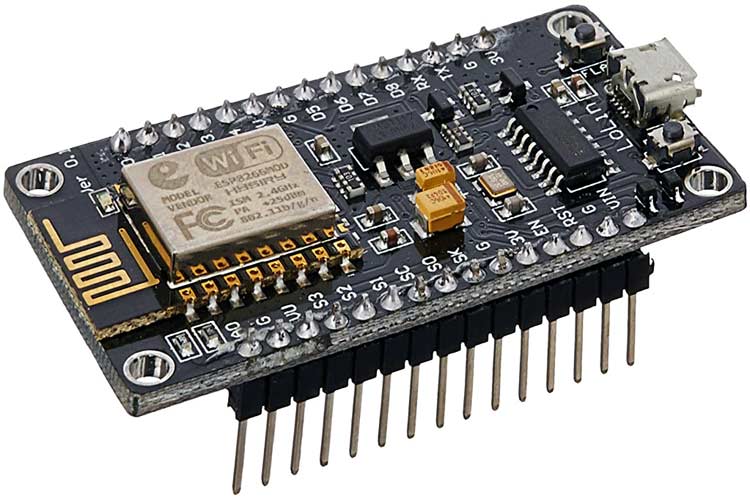yefj
Advanced Member level 4
Hello, There is an amplifier I want to create a sequencer for shown in the link below.
The most problematic thing to do is the a proper delay line between the signals ,so i want to use a programmable microcontroller to turn on and off the DC-DC when needed.
Is there a programmable DC-DC converter you could recommend which could power my amplifier ?(preferably a device which works with SPI protocol)
Thanks.

The most problematic thing to do is the a proper delay line between the signals ,so i want to use a programmable microcontroller to turn on and off the DC-DC when needed.
Is there a programmable DC-DC converter you could recommend which could power my amplifier ?(preferably a device which works with SPI protocol)
Thanks.
